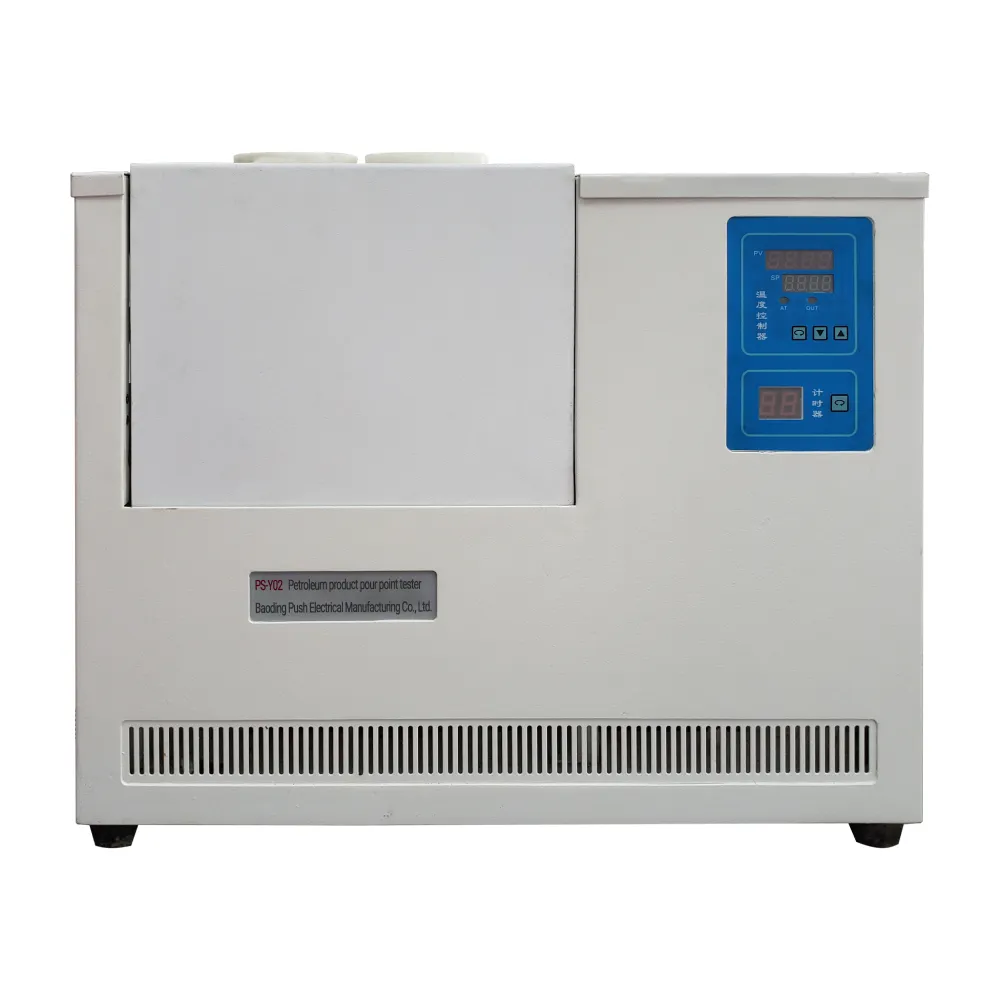 English
English


automated distillation
Automated Distillation Transforming the Future of Separation Technology
In the modern landscape of chemical engineering and manufacturing, the demand for efficient and effective separation processes continues to rise. Whether it's in the production of pharmaceuticals, petrochemicals, or food and beverages, distillation remains a fundamental technique for separating mixtures based on differences in boiling points. However, traditional distillation methods often come with limitations related to energy consumption, operational complexities, and scalability. This is where automated distillation technology enters the forefront, promising to revolutionize how we approach separation processes.
Automated distillation systems leverage advancements in automation technologies, data analytics, and control systems to enhance the efficiency and reliability of the distillation process. The core principle of distillation remains unchanged the separation of components via vaporization and condensation. However, by integrating automation, the process can be monitored and adjusted in real-time, reducing human error and increasing overall operational efficiency.
One of the key advantages of automated distillation is its ability to optimize energy usage. Traditional distillation processes often consume significant energy, especially when dealing with large volumes of mixtures. Automated systems can implement advanced control algorithms that dynamically adjust the heat input, reflux ratio, and pressure to minimize energy consumption while maintaining product quality. For instance, during times of fluctuating feed composition, automated distillation can adaptively change the operating conditions, thus enhancing energy efficiency and reducing operational costs.
Moreover, automated distillation can enhance safety in industrial settings. Distillation units often operate under high pressures and temperatures, which can pose risks to personnel and equipment. By employing automation, operators can monitor vital parameters remotely, allowing for timely interventions without direct human exposure to hazardous conditions. Automated systems can also include fail-safes and automatic shut-off mechanisms that engage during abnormal situations, further minimizing the risk of accidents.
automated distillation

The scalability of automated distillation processes is another significant benefit. In a world where production demands can shift rapidly, the ability to scale operations quickly and efficiently is crucial. Automated distillation units can be designed with modularity in mind, allowing for the easy addition of units to meet increased demand without extensive redesign or downtime. This flexibility is essential for industries that require both large-scale production and the capability to handle varying production volumes.
Data analytics plays a crucial role in the automation of distillation. By utilizing sensors and advanced data collection techniques, these systems can gather extensive information about the distillation process in real time. This data can then be analyzed to identify trends, predict potential issues, and inform decision-making. For example, machine learning algorithms can be employed to predict the performance of distillation columns based on historical data, enabling operators to make proactive adjustments to ensure optimal operation.
Furthermore, automated distillation facilitates the creation of digital twins—virtual replicas of physical distillation processes. These digital models allow engineers and operators to experiment with different scenarios and optimize process parameters without the need for physical trials. Simulation of various operating conditions can lead to significant improvements in design and efficiency, ultimately reducing time and costs in bringing products to market.
The integration of automated distillation technology is not merely a trend; it represents a paradigm shift in the way industries approach separation processes. As companies strive to remain competitive in a rapidly evolving market, the adoption of these systems can lead to substantial improvements in productivity, safety, and sustainability.
In conclusion, automated distillation holds the potential to transform the landscape of separation technology. By optimizing energy use, enhancing safety, providing scalability, and leveraging data analytics, it paves the way for a more efficient and reliable future in chemical engineering. As industries continue to embrace automation, the possibilities for improved distillation methodologies are boundless, ultimately contributing to a more sustainable and efficient production ecosystem. Investing in automated distillation technology today may well be the key to meeting the challenges of tomorrow, positioning organizations at the forefront of innovation in separation processes.
-
Differences between open cup flash point tester and closed cup flash point testerNewsOct.31,2024
-
The Reliable Load Tap ChangerNewsOct.23,2024
-
The Essential Guide to Hipot TestersNewsOct.23,2024
-
The Digital Insulation TesterNewsOct.23,2024
-
The Best Earth Loop Impedance Tester for SaleNewsOct.23,2024
-
Tan Delta Tester--The Essential Tool for Electrical Insulation TestingNewsOct.23,2024





